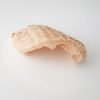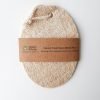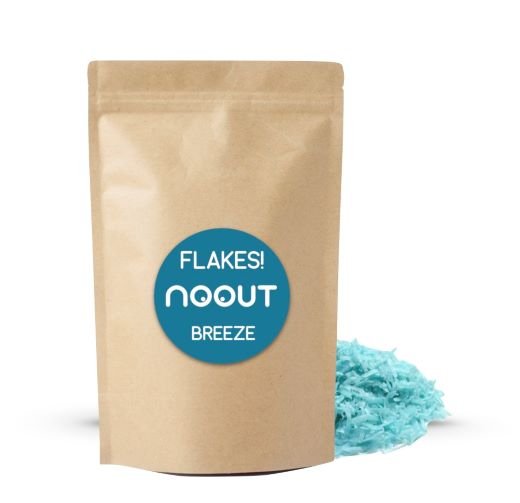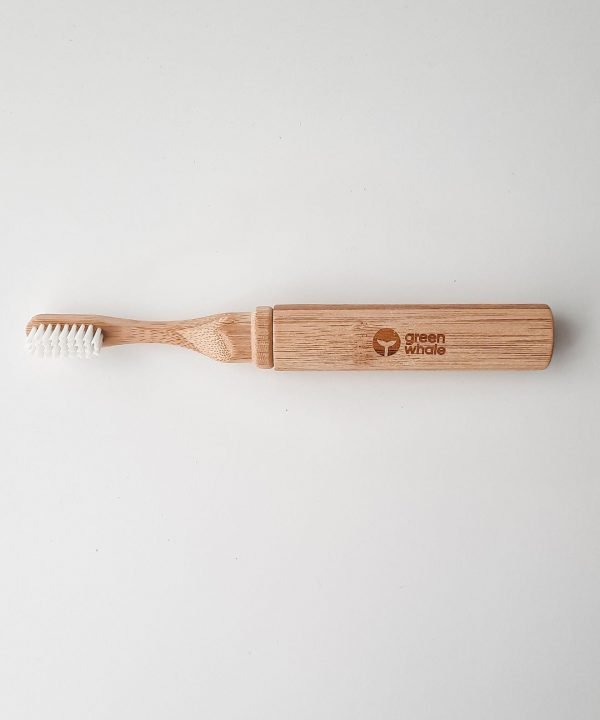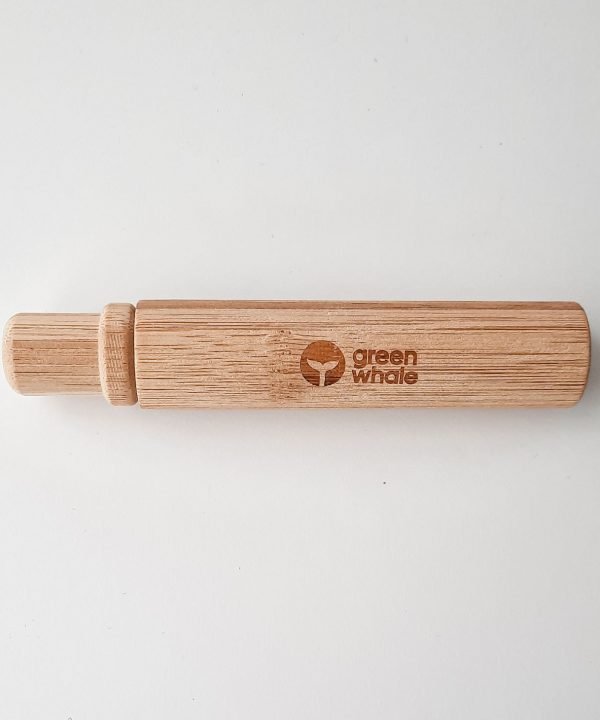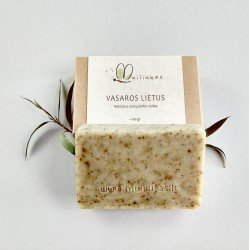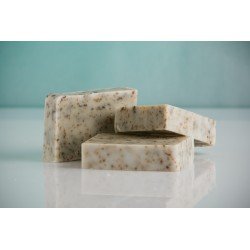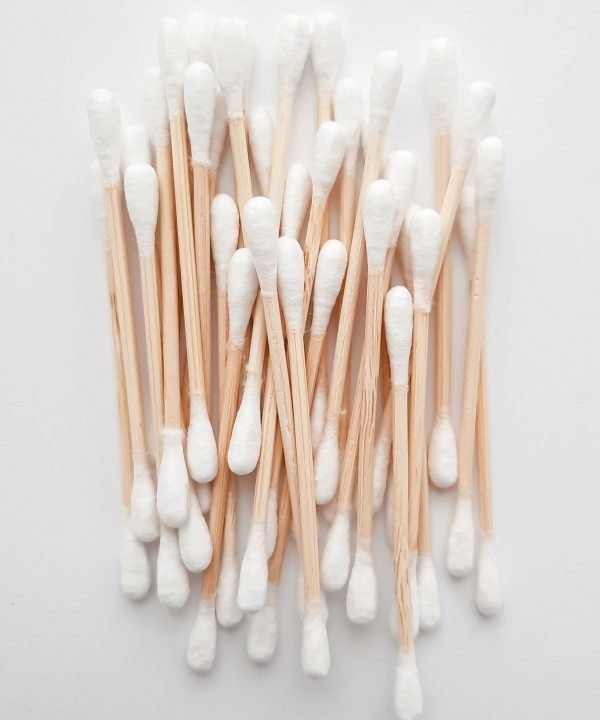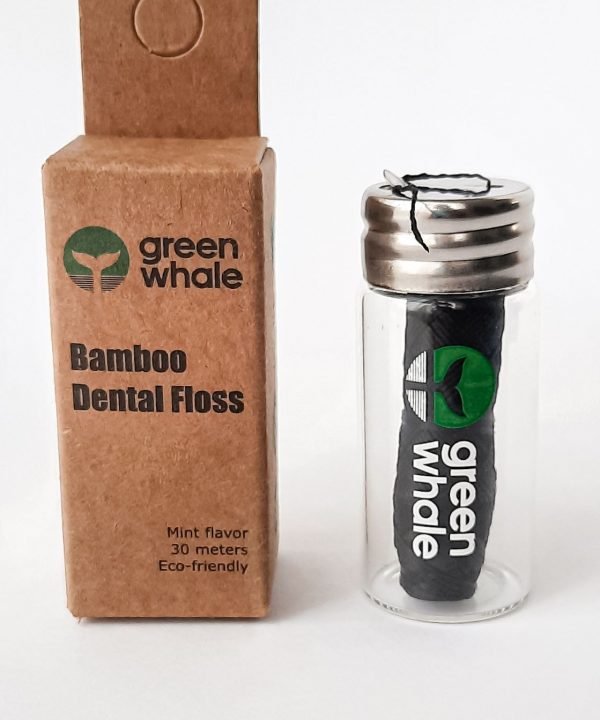Loofah sponge is a natural alternative to plastic sponges.
Silicone, nylon or paralon sponges are made with petroleum products, and after their use, plastic waste remains because they are not sorted and recycled. Paralon sponge takes up to several hundred years to decompose. And there will still be microplastic particles polluting the waters that enter the stomachs of animals.
So maybe it’s worth trying Loofah?
What is a loofah sponge made of?
Loofah is a plant of the genus of tropical and subtropical vines of the Cucurbitaceae family. It is grown and eaten as a vegetable, but must be harvested at a young stage of development to be eaten. The vegetable is popular in India, China and Vietnam.
The fully ripe fruits are used to make scrubbing sponges used in bathrooms and kitchens.
Dried fruits are soaked in water, peeled, and their seeds are removed. Sponges are made after completely drying the fruit – they can be cut or shaped in various ways and shapes.
A natural loofah sponge removes dead skin cells well, promotes blood circulation, is suitable for scrubbing elbows or feet, softens the skin.
A dry loofah is hard, so soak it in warm water for 20 minutes before first use to soften it.
To reduce friction, use with shower gel or natural, handmade soap or solid shampoo made in Lithuania.
After use, wash and dry well to avoid moisture retention that will shorten the life of the product. Clean the sponge every 1-2 weeks by soaking it in a baking soda solution and letting it dry hanging vertically in a well-ventilated area.
It is recommended to change every 1-2 months.
The sponge is made of 100% Loofah.
Size: 8x12cm.
The loofah pulp is naturally degradable and compostable – no guilt about changing the pulp frequently.
A loofah can also be used for washing dishes and cleaning the house.



